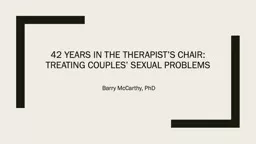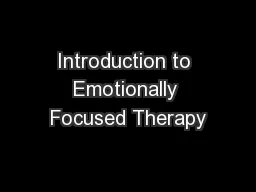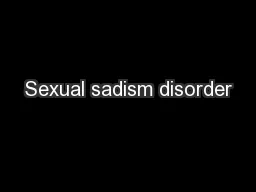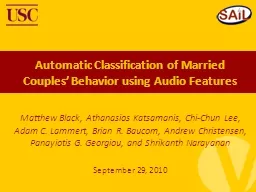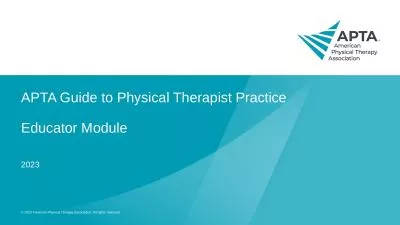PPT-42 Years in the therapist’s Chair: Treating Couples’ Sexual Problems
Author : roxanne | Published Date : 2021-12-20
Barry McCarthy PhD True or False Handout uploaded in BTC and in GoToWebiar Myths About Sexual Desire Myths and facts about sexual desire explored to establish
Presentation Embed Code
Download Presentation
Download Presentation The PPT/PDF document "42 Years in the therapist’s Chair: Tre..." is the property of its rightful owner. Permission is granted to download and print the materials on this website for personal, non-commercial use only, and to display it on your personal computer provided you do not modify the materials and that you retain all copyright notices contained in the materials. By downloading content from our website, you accept the terms of this agreement.
42 Years in the therapist’s Chair: Treating Couples’ Sexual Problems: Transcript
Download Rules Of Document
"42 Years in the therapist’s Chair: Treating Couples’ Sexual Problems"The content belongs to its owner. You may download and print it for personal use, without modification, and keep all copyright notices. By downloading, you agree to these terms.
Related Documents

